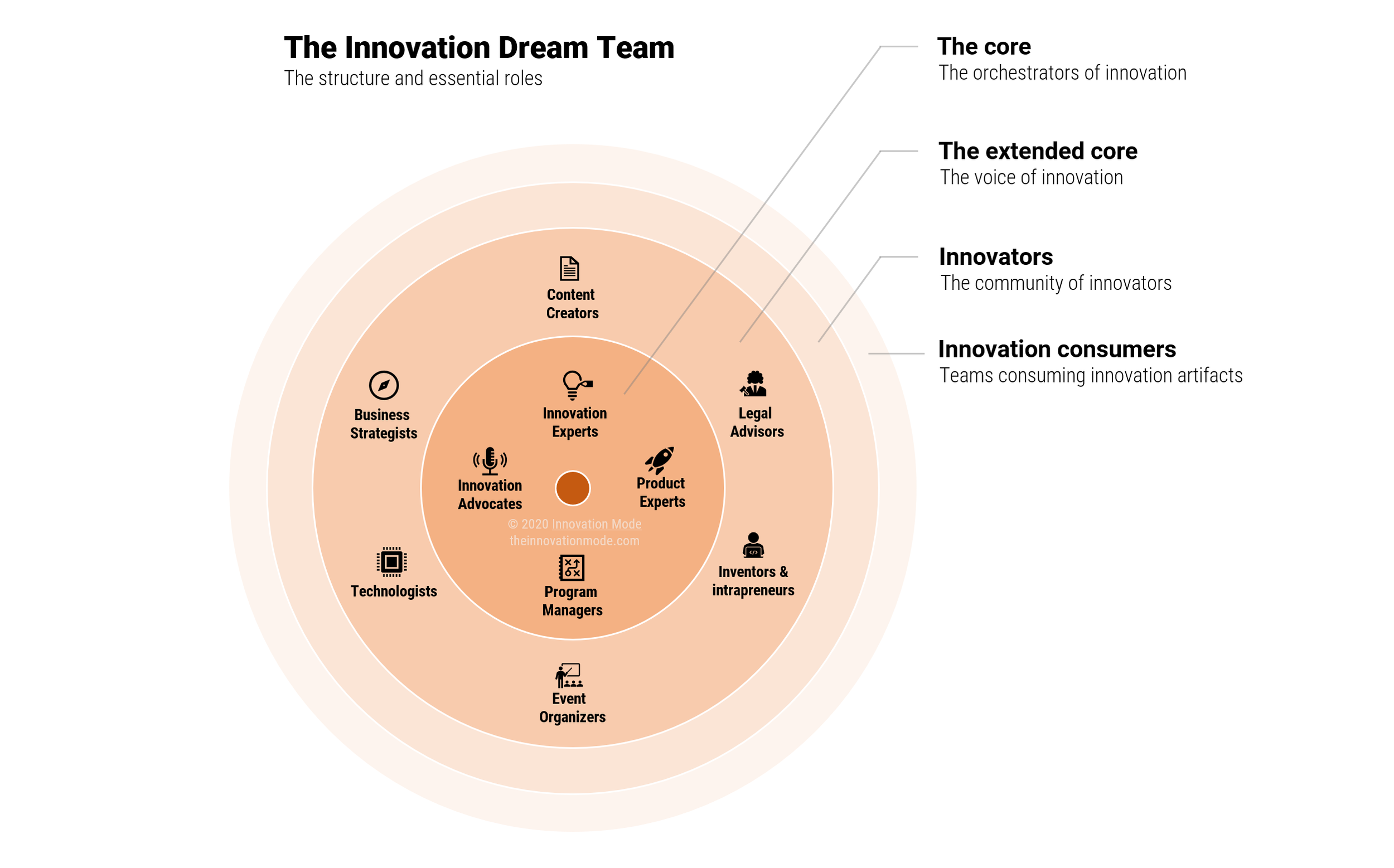
The Book for Innovation Leaders
Read how to empower your teams to innovate faster and more efficiently
Discover how to transform your company into an agile, innovative organization.
The Innovation Mode provides a holistic view of innovation – covering the role of people, culture, technology, and processes. Innovation is seen as a fully integrated function that is powered by people and streamlined by technology.
“Very practical and inspirational for executives, leaders, middle-level managers, and teams willing to transform their vision to actual execution. Must-read and must-use to convert the team and organization to a never-ending innovation mode.”
— Achilleas Stergioulis, Director at INTRASOFT International

“The Innovation Mode is a must-read for innovation managers, top-level corporate executives, and entrepreneurs!”
— A. Tzoumas, CTO, SciFY.org
“A tribute to innovation and its transformative power, an inspiring journey through innovation's known and unknown aspects.”
— Alex Papageorgiou, Analytics Expert, ex-Googler
“In today’s rapidly evolving technological landscape, the ‘Innovation Mode’ is an important read for any organization.”
— Brook Perry, Director of Marketing at ‘nuffsaid
“A practical guide for how to tap your organization's creative energy, and transform it into an innovation-driven pace-setter.”
— Bart Manning, Head of Sales & Business Development, Unity
The Innovation Dream Team - the essential roles and skills that define the core of the innovation program







